Care That Breathes: Chemical-Free Methods for Furniture Maintenance
Selected Theme: Chemical-Free Methods for Furniture Maintenance. Welcome to a calm, practical approach where gentle tools, mindful habits, and a little patience protect what you love without harsh synthetic cleaners.

Start Here: The Gentle Philosophy of Chemical-Free Care
Wood, leather, fabric, metal, and glass each respond differently to moisture, heat, and friction. Learn finishes and fibers first, then choose the mildest, mechanical-first method to avoid unnecessary wear, swelling, or dulling.
Start Here: The Gentle Philosophy of Chemical-Free Care
Microfiber cloths, a soft natural-bristle brush, a HEPA vacuum with cushions and crevice tools, distilled water, clean cotton towels, a handheld steamer, and patient hands form the backbone of truly chemical-free furniture care.
Start Here: The Gentle Philosophy of Chemical-Free Care
Always test water and steam on an unseen spot, then wait. Many issues come from rushing. Observing how a surface reacts for a few minutes prevents ring marks, lifted finishes, and stretched fibers.
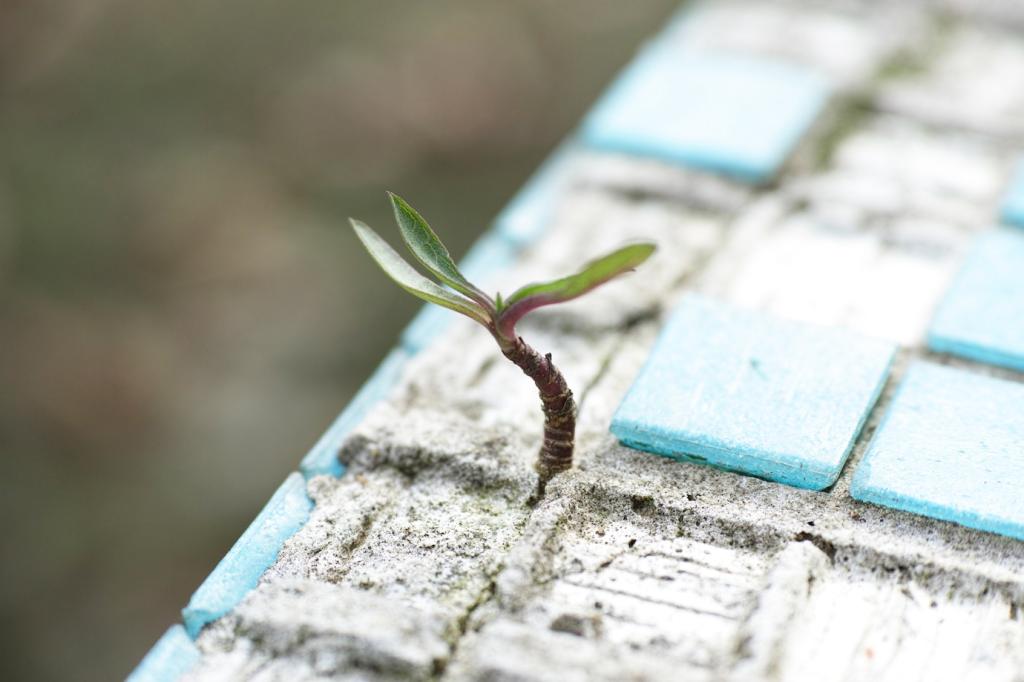
Microfiber Dusting With a Purpose
Dust is abrasive. Glide a clean microfiber cloth with the grain, flipping to a fresh side often. Lightly mist the cloth with distilled water only if needed, never the surface, to avoid water spotting or swelling.
Lift Tiny Dents With Gentle Steam
For shallow dents on unfinished or oil-finished wood, place a damp cotton cloth over the spot and apply brief steam pulses. The compressed fibers can swell back. Avoid lacquered or delicate finishes prone to whitening.
Friction Buffing for Quiet Glow
Use a clean, soft cotton cloth to buff in long, even strokes. The warmth from friction revives a muted sheen without adding anything. It is slow magic, but it builds a natural, honest luster.
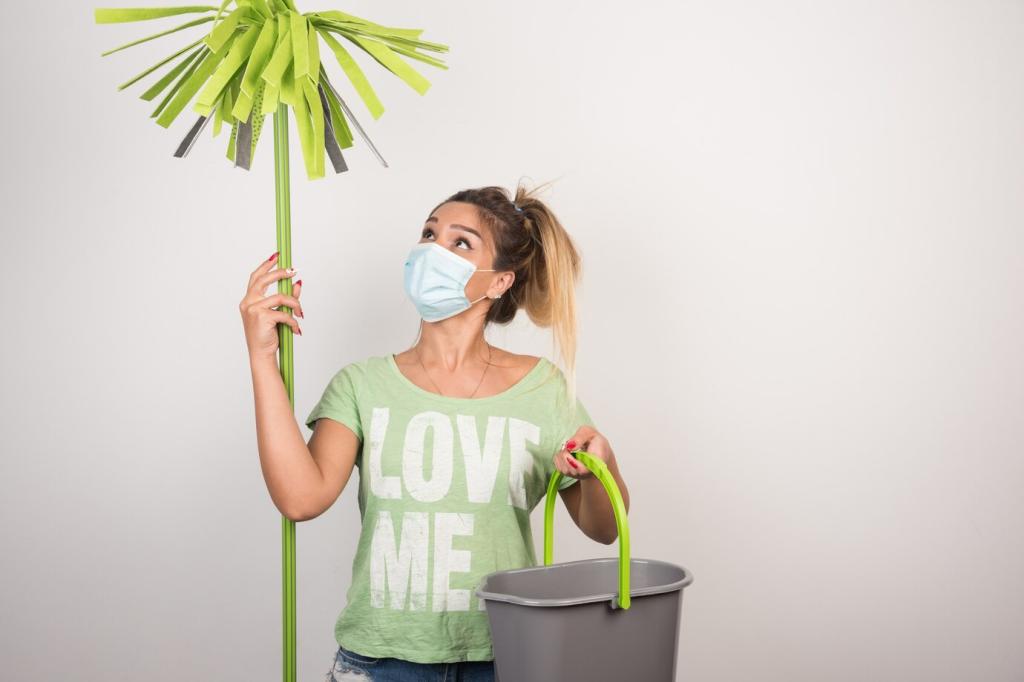
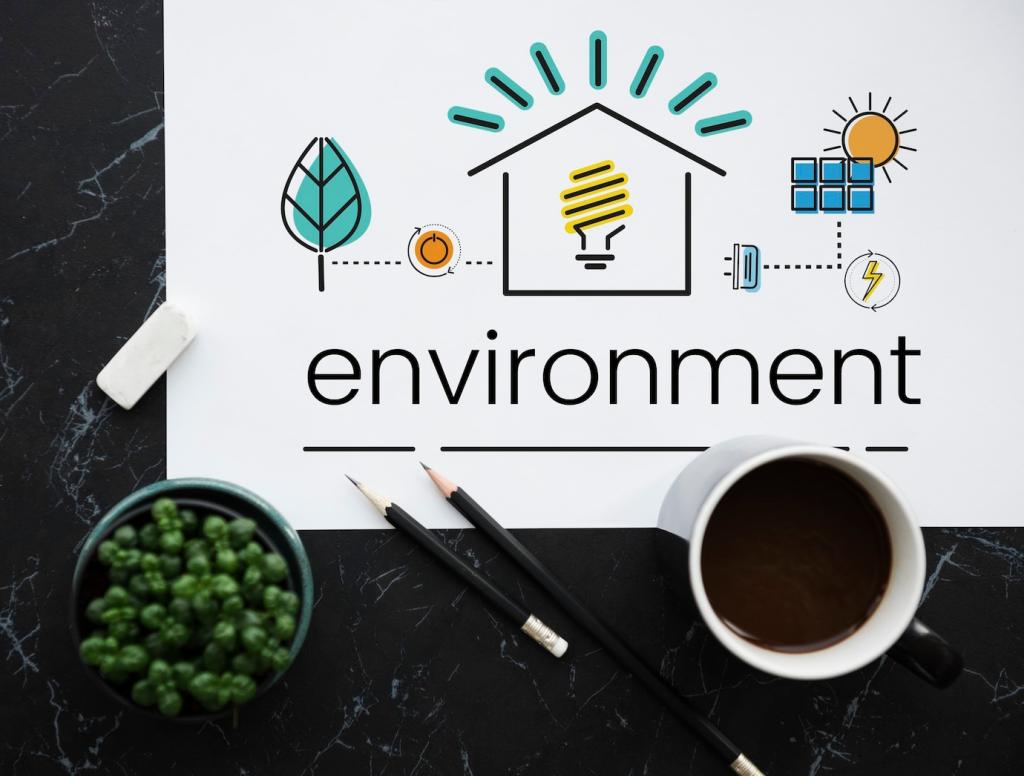
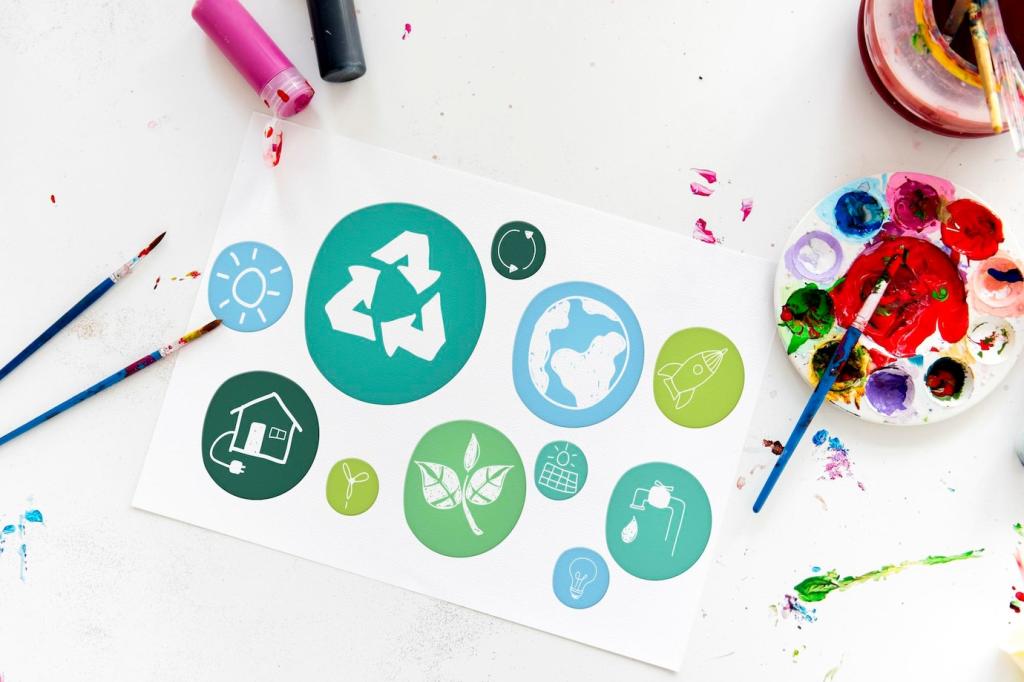
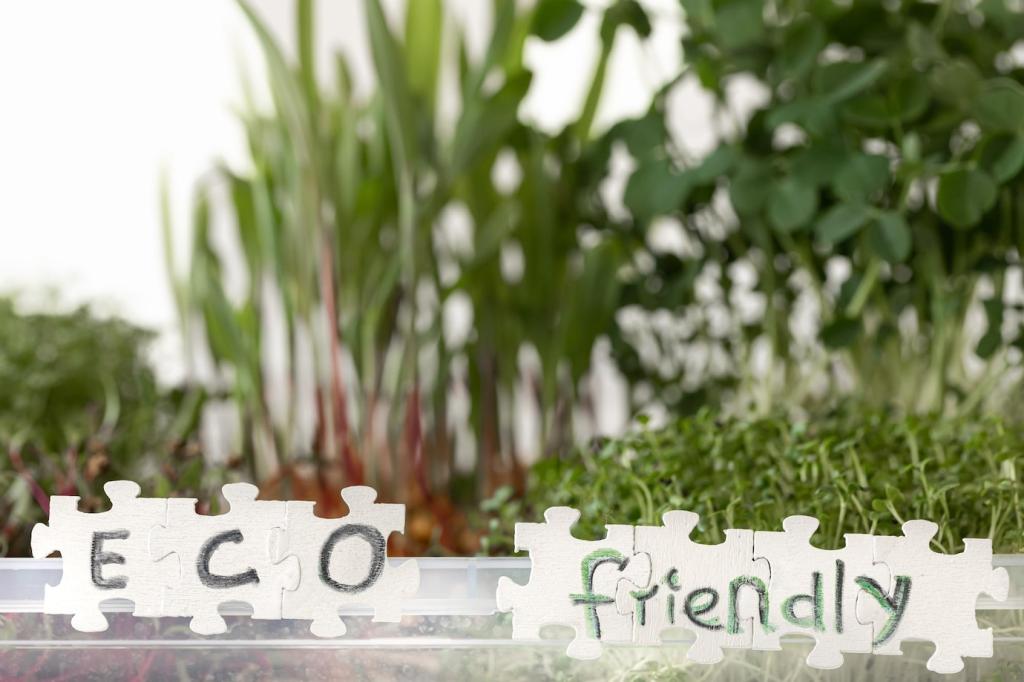
Daily Dry Wipe Routine
Use a dry, clean microfiber cloth to lift dust and body oils before they settle. Gentle, frequent passes prevent buildup without pushing moisture into seams, which can stretch stitching or loosen adhesives over time.

Distance Steam for Creases and Clarity
From a safe distance, allow a whisper of steam to relax surface creases on durable finishes. Keep the steamer moving and never saturate. Finish with a dry cloth, guiding moisture away from seams and folds.
Metal, Glass, and Stone: Clarity Without Sprays
01
Glass That Gleams With Just Water
Lightly dampen one microfiber cloth with warm distilled water and wipe in overlapping S-patterns. Immediately follow with a second dry cloth to buff out micro-beads. Two-cloth method equals no streaks, no residue.
02
Metal Polished by Patience
For coated metals, dust first, then buff with a dry, clean cloth. Use a soft brush to chase dust from joints and decorative cutouts. Keeping hands clean prevents prints that etch over time through repeated contact.
03
Stone Surfaces and Moisture Discipline
Wring cloths aggressively so they are barely damp. Wipe, then dry immediately. Standing water can darken or leave outlines on porous stone. Encourage coasters and trivets to reduce thermal shock and watermark risks.
The Ice Trick for Wax, Gum, and Sticky Bits
Chill the spot with an ice cube sealed in a small bag to prevent condensation. Once brittle, lift gently with a plastic card at a low angle, taking breaks so you do not gouge fibers or finishes.
Blot, Weight, and Wait
Stack clean absorbent towels over a fresh spill and add a light book to press. Replace towels as they wick moisture upward. This gravity-assisted method reduces spreading and avoids scrubbing that roughens surfaces.
Habits That Keep Maintenance Effortless
Rotate cushions, flip mats, and move decor slightly each month to prevent permanent pressure marks and uneven fading. Invite coasters and soft pads under lamps to stop micro-scratches before they ever begin.
Habits That Keep Maintenance Effortless
Stable humidity helps wood avoid cracking and upholstery avoid mustiness. Open windows on dry days, space furniture from walls, and let rooms breathe. A tiny gap can prevent hidden condensation and surprise damage.
Habits That Keep Maintenance Effortless
Share your chemical-free victory stories, tricky dilemmas, and before or after photos in the comments. Subscribe for weekly ideas, and tell us what furniture challenges you want solved with gentle, additive-free methods.
